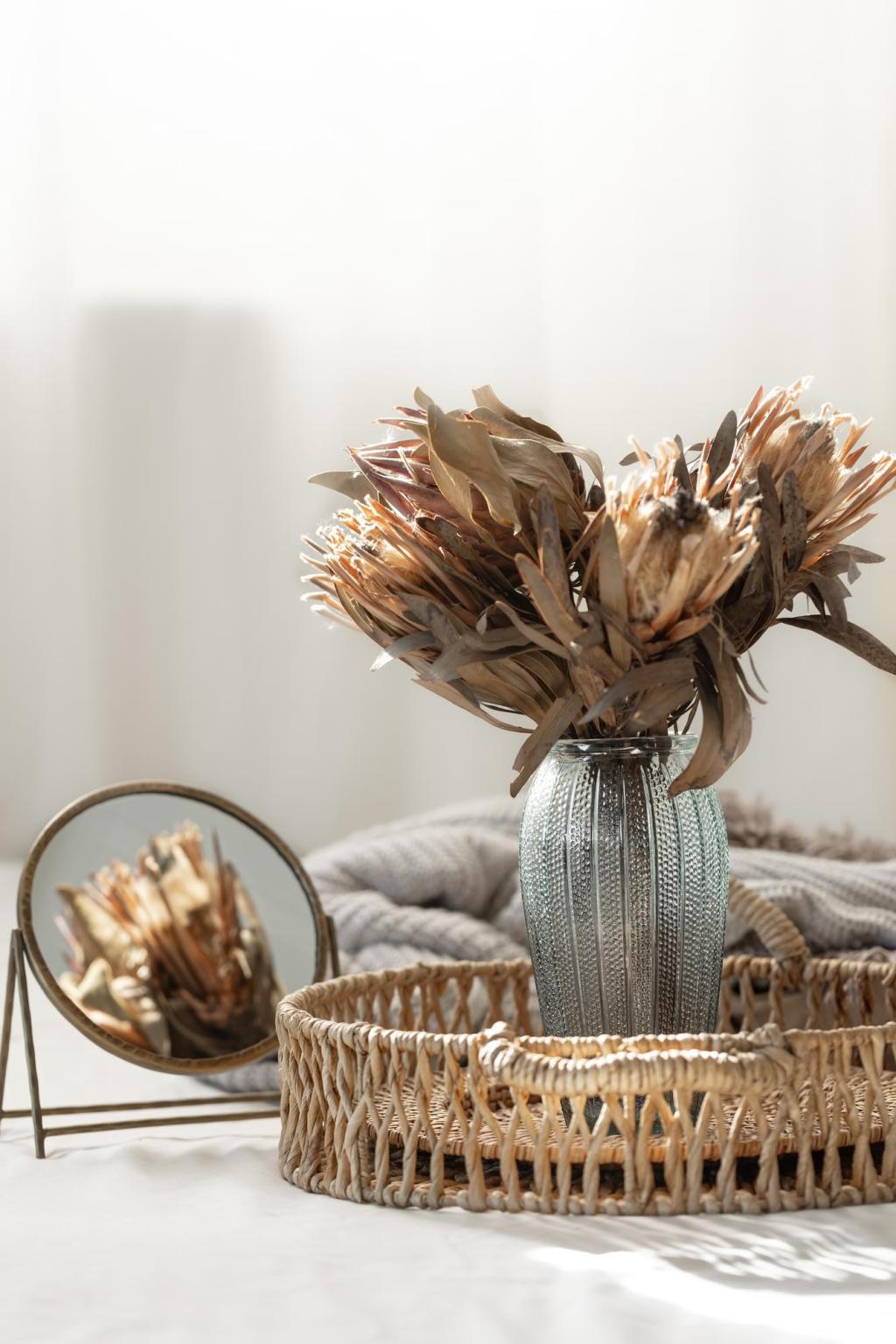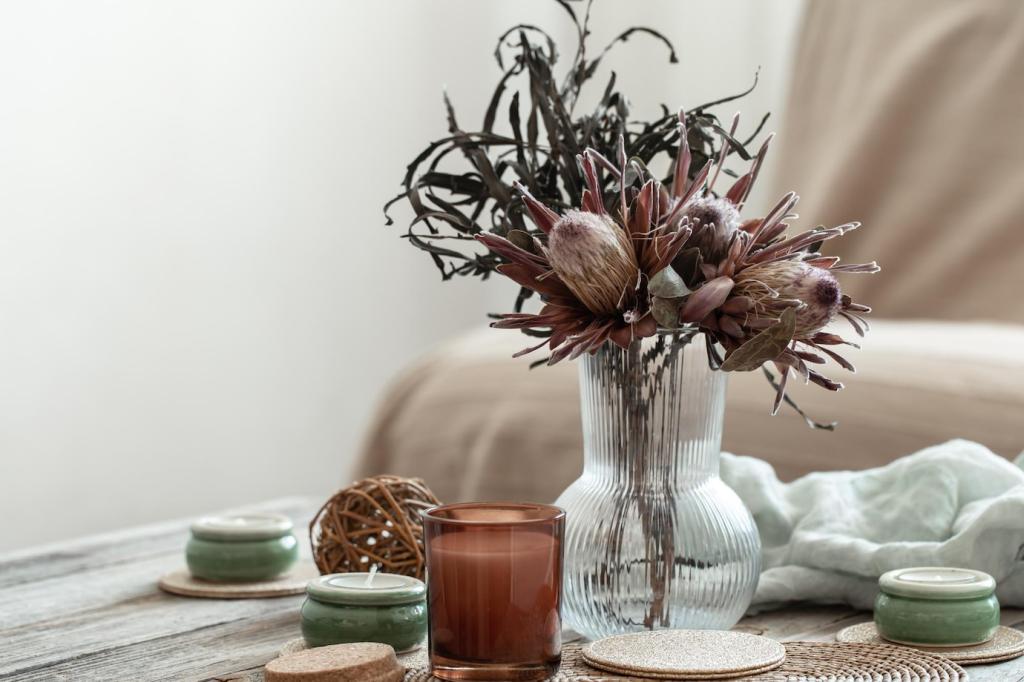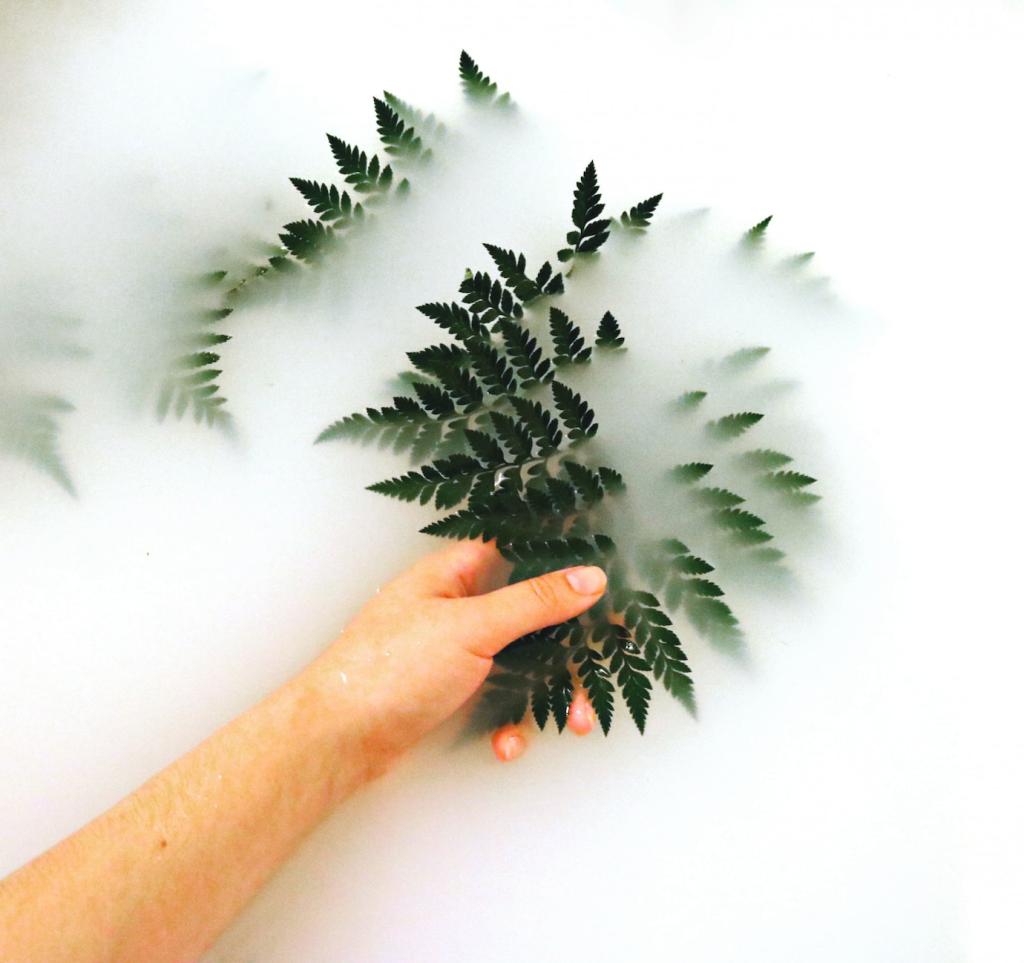Paints, Adhesives, and Finishes You Can Breathe With
Choose certified low-VOC paints for color, then consider mineral limewash for depth, diffusion, and a velvety matte feel. Many brands now offer ready-to-roll formulas. If you have sensitive family members, which paint lines felt best during and after application? Your tips help others breathe easier.
Paints, Adhesives, and Finishes You Can Breathe With
Tung oil, linseed oil, and soap finishes nourish wood with subtle sheen while keeping maintenance straightforward. Test on offcuts to confirm tone and absorption. What sheen do you love on reclaimed oak or ash—soft matte, satin glow, or hand-rubbed luster? Share photos of your results.




